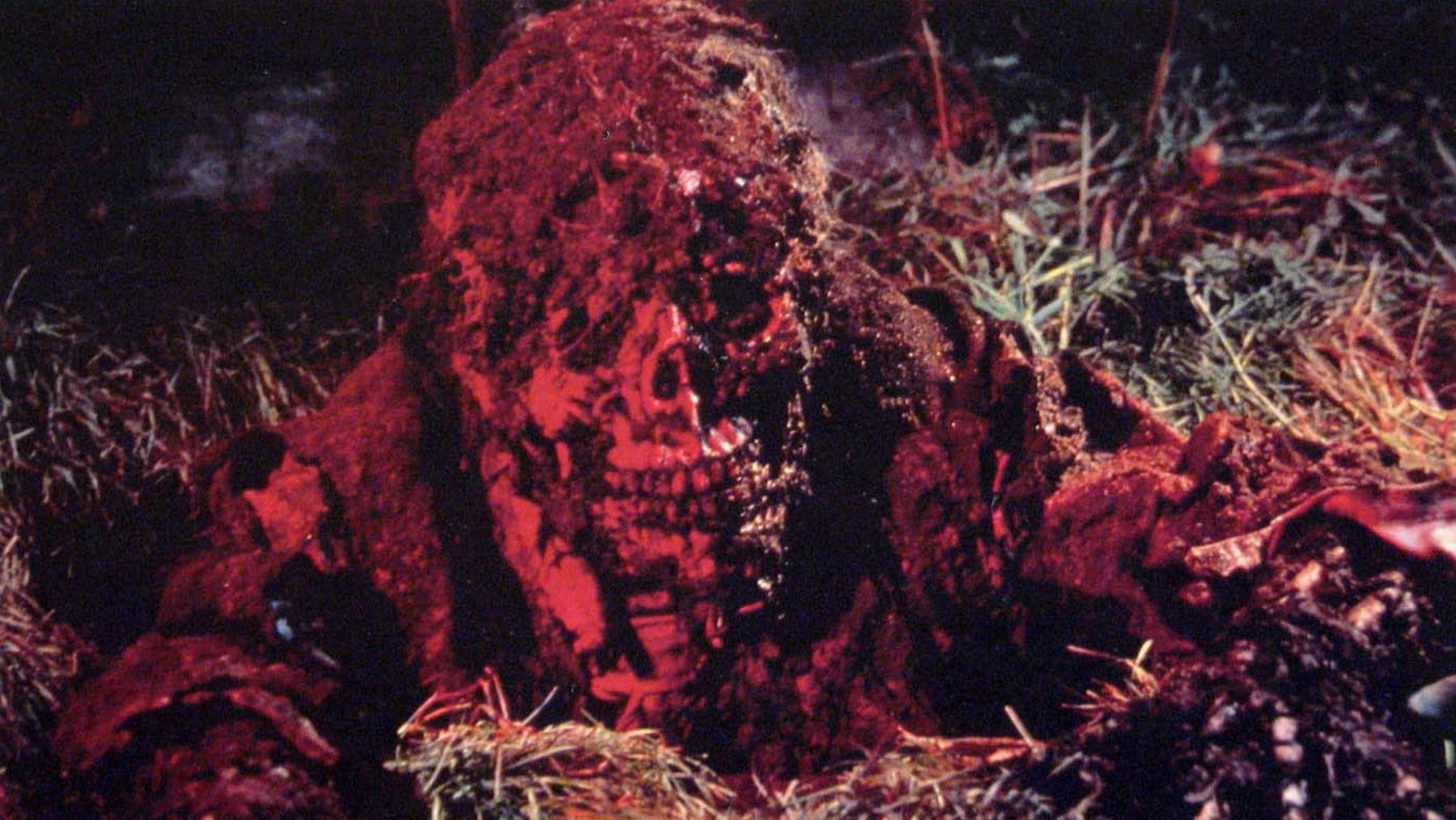Table of Contents Show
It is spooky season which marks the time of year to embrace blood, guts, and, gore as audiences marvel at their favorite horror villains. Like all films, horror movies take immense effort from various teams to produce the final product you see on screen. When it comes to the horror genre, visual elements like special effects makeup serve an integral role.
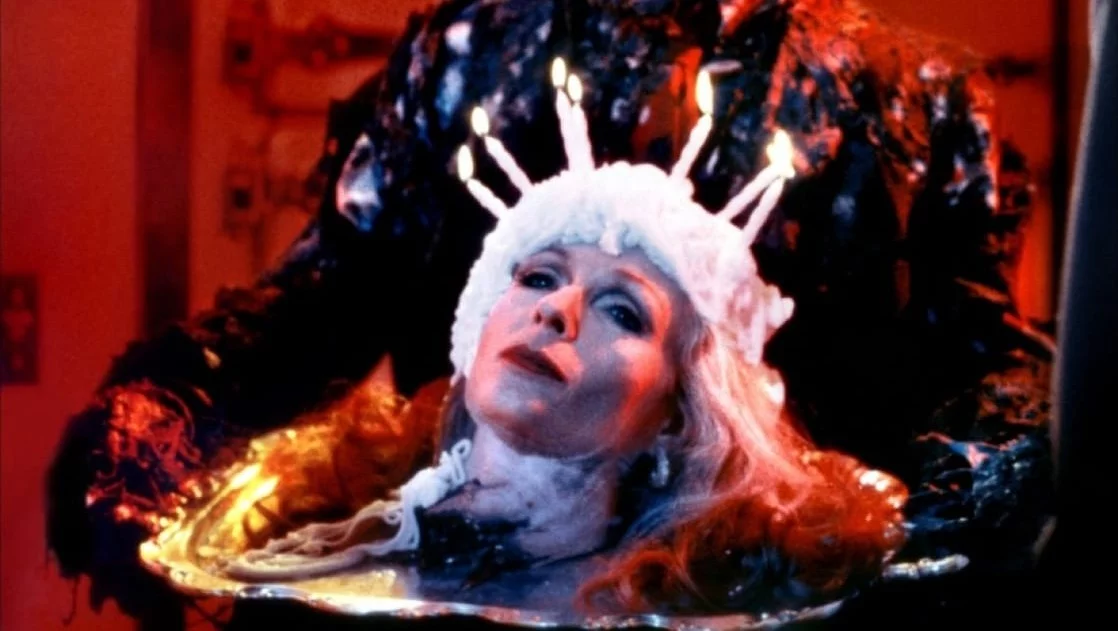
Nonetheless, we usually see praise given to the actors portraying these ghouls while the painstaking efforts of the special effects artists are overlooked. Conceptually frightening elements in a film are crucial, but the terrifying transformations of these artists are what make audiences cover their eyes in fear. Lots of the terrifying imagery produced in horror films could not be achieved without these artists. Therefore, as you’re admiring your favorite horror villains from the comfort of your couch this year, make note of the individuals responsible for bringing them to life.
A Brief History On Special Effects In Horror
Special effects makeup and film have a long history, starting back in the mid-1920s with actor Lon Chaney. Chaney is best known for turning himself into iconic horror villains with makeup in films such as Phantom Of The Opera (1925) and London After Midnight (1927). Though it was the special effects artist Jack Pierce’s work on 1930s creature features that led to the popularization of film makeup and the recognition of its many advantages(( Centralcasting. “Special Effects Makeup In Film.” Centralcasting.com, 28 October 2019. )). Since its early days, there have been decades of artists who would go on to innovate and leave their mark on the craft. This would include new formulas for makeup, new ways to apply prosthetics, and new ways of combining special effects with practical effects, all working towards a more realistic result. While these innovations have made for some truly impressive works of art, they also have developed alongside the industry. Thus, it signifies the special effects of artists’ adaptability and the impact they would continue to have in film.
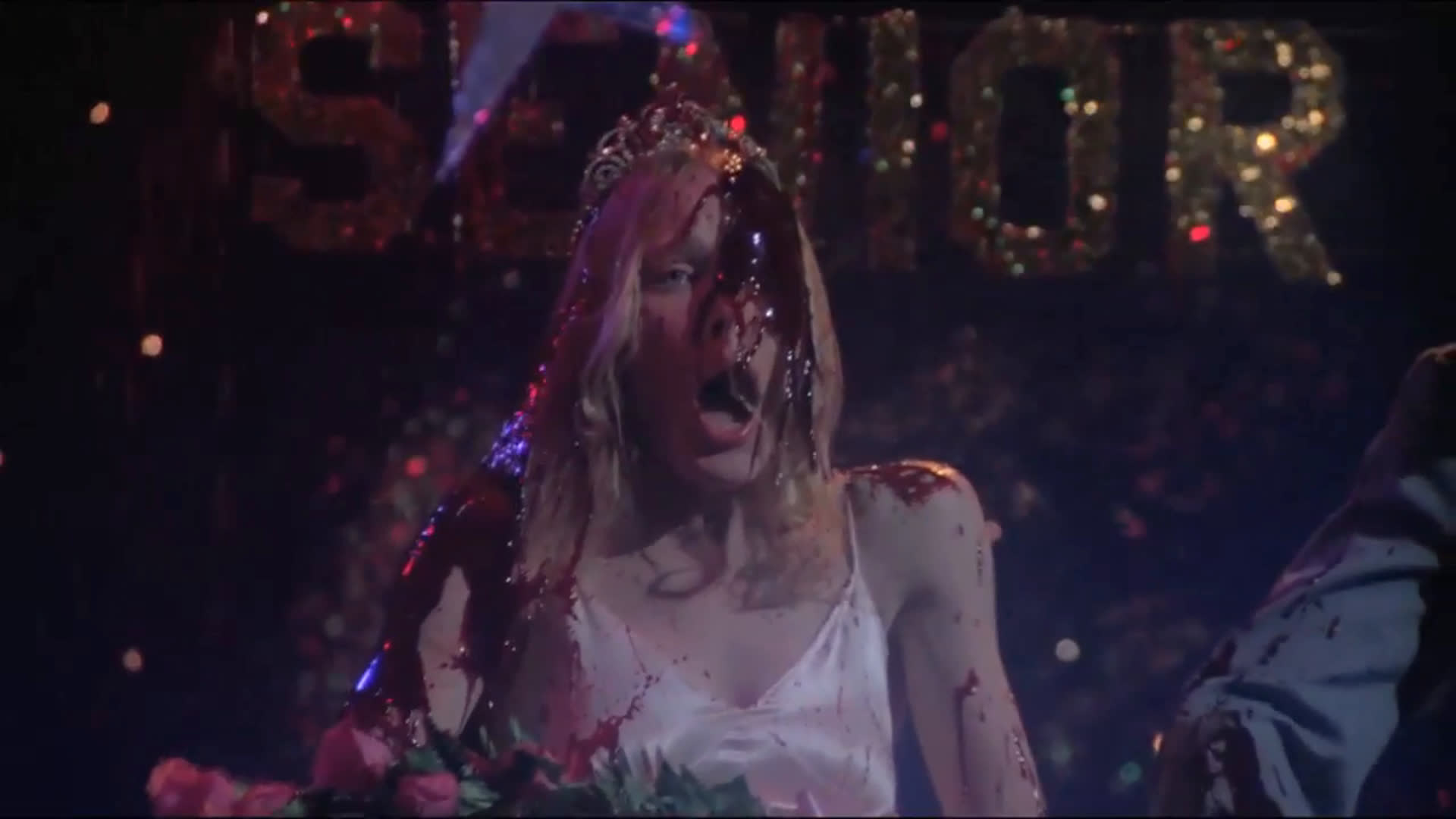
For instance, one of the most common special effects elements in the horror genre, fake blood, has evolved from many different recipes over the years to get the most realistic match. To elaborate, back when films were still being shot in black and white the primary medium used was actually chocolate syrup. This was because it was dark enough to give the proper effect and had a similar consistency. Makeup artist, Jack Barron took this approach up a notch when he introduced the application method of the squeeze bottle to provide “realistic-looking drips”(( Vice. “The Gruesome History Of Fake Blood In Hollywood.” Vice.com, 24 October 2016. )) on the set of Psycho (1960). Obviously, when film started to be shot in color, blood could no longer be any shade other than crimson, and chocolate syrup was off the table. Though to no one’s surprise, special effects artists were quick to develop a multitude of fake blood recipes; most including some variation of corn syrup and food coloring. Nonetheless, without these small but necessary innovations in effects, audience members wouldn’t have iconic scenes like the prom reveal in Carrie (1976).
Dick Smith
Dick Smith was a revolutionary, self-taught makeup artist who worked on films like The Godfather (1972) and Taxi Driver (1976). While those are outstanding accomplishments on their own, Smith is best known for his work creating horror villains. Smith is mainly remembered for his work on the 1973 film The Exorcist, with effects so frightening audience members ran out of theaters.
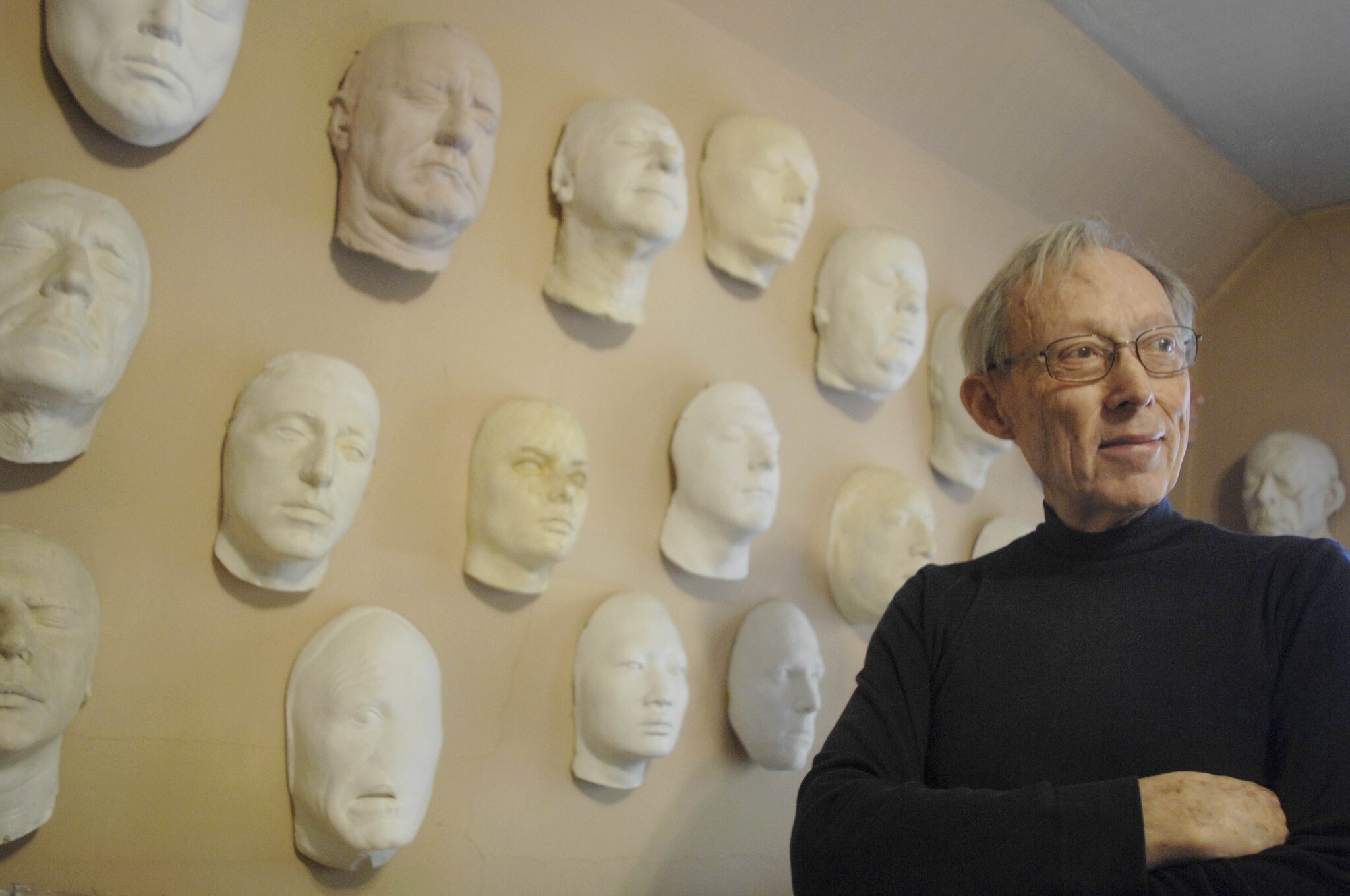
Smith is responsible for pioneering new techniques that are still used today such as his method of combining makeup with on screen-practical effects for a more grotesque and realistic look(( Wikipedia. “Dick Smith.” En.wikipedia.org, 22 September 2021. )). As well as using multiple small prosthetics on actors, rather than one large prosthetic, to allow more facial mobility(( Bloody Disgusting. “100 Years In Horror: The Greatest Special Effects Makeup Artists Ever!” Bloody-disgusting.com, 30 November 2010. )). Some of Smith’s other notable creations have been in films, including Altered States (1980), Scanners (1981), and Poltergeist III (1988).
Tom Savini
Dick Smith later became a mentor and inspiration to his eventual colleague, Tom Savini. Savini is responsible for the horror villains in films such as Friday The 13th (1980), Dawn Of The Dead (1978), and Creepshow (1982). With a mentor like Smith, it’s no surprise that Savini went on to be revolutionary in his own light. However, what set his artistry apart and would go on to inspire new generations of makeup artists’ was his realism (( Bloody Disgusting. “100 Years In Horror: The Greatest Special Effects Makeup Artists Ever!” Bloody-disgusting.com, 30 November 2010. )). This was primarily imparted to Savini’s preference for using real actors instead of body doubles and the real-life experiences he could reference(( Bloody Disgusting. 100 Years In Horror: The Greatest Special Effects Makeup Artists Ever!” Bloody-disgusting.com, 30 November 2010. )).
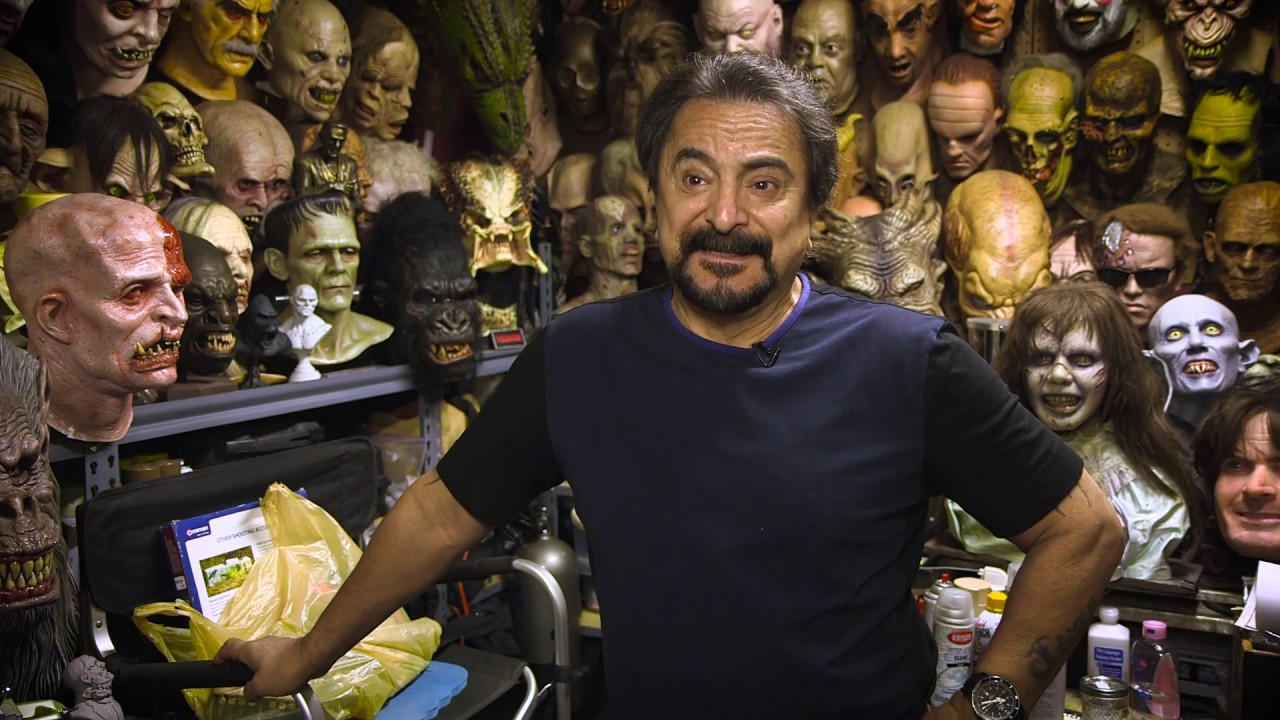
A Frightful Career With Tom Savini. YouTube, uploaded by Carnegie Mellon University. 31 Oct. 2016.
Following a stint as a combat photographer in Vietnam in the late ’60s…he came to understand the non-Hollywood-ized details of actual death. As he once stated in an interview: “Some people die with one eye open and one eye half-closed, sometimes people die with smiles on their faces.”
Bloody Disgusting. 100 Years In Horror: The Greatest Special Effects Makeup Artists Ever!” Bloody-disgusting.com, 30 November 2010.
This could be seen as a quite dismal statement as death is a taboo topic for many people. In turn, knowing the content you’re watching is inspired, in any way, by true events makes it that much more disturbing. Savini understands this and implies that the reality of death is what makes his work frightening. Moreover, horror is a genre that puts the combination of art and human darkness at the forefront. Therefore, Savini’s informed perspective and passion for creating horror villains left the genre forever impacted.
KNB Effects
KNB Effects, comprised of artists Howard Berger, Robert Kurtzman, and Gregory Nicotero, “has without a doubt become the most prolific and in-demand effects house in the modern movie industry.” (( Bloody Disgusting. “100 Years In Horror: The Greatest Special Effects Makeup Artists Ever!” Bloody-disgusting.com, 30 November 2010. )). At the helm of iconic horror villains in fan favorites like Evil Dead II (1987), Misery (1990), From Dusk Till Dawn (1996), The Scream franchise (1996, 1997, 2000), and, The Walking Dead (2010-current). KNB has, without a doubt, been revolutionary in its field.
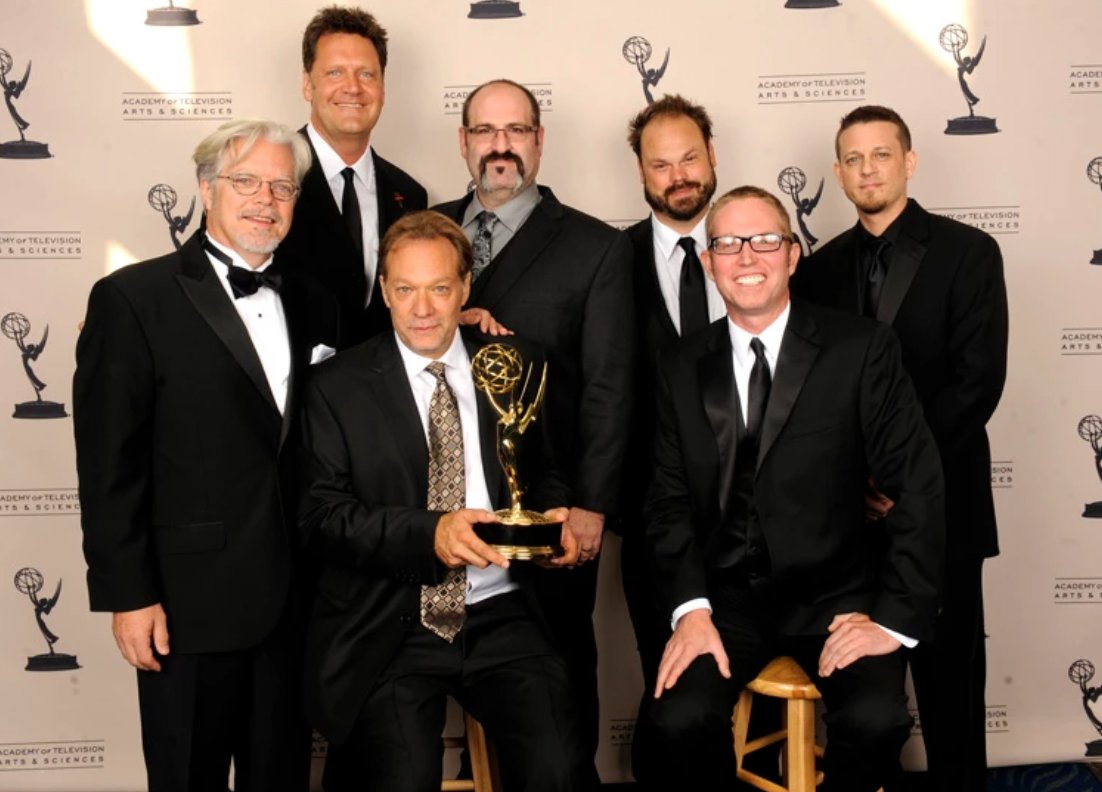
Since KNB was founded, Kurtzman stepped down in 2003 to focus on raising a family, and Berger and Nicotero were able to expand and bring in lots of new artists. Being a team, they had a wide variety of skills to offer; it is largely due to these artists that horror fanatics have something to get excited about. Imagine Misery without the effects of the ankle-breaking scene or Scream without those gory slashes and gashes.
Eryn Krueger Mekash
In the past, horror seemed to be limited primarily to film. Though, with shows like the aforementioned The Walking Dead and American Horror Story (2011-Current), special effects artists are needed in television now more than ever. Eryn Krueger Mekash has been creating horror villains for the anthology series American Horror Story since its debut in 2011. Booking this job, specifically, is impressive when it comes to special effects due to the sheer amount of different horror villains needing to come to fruition.
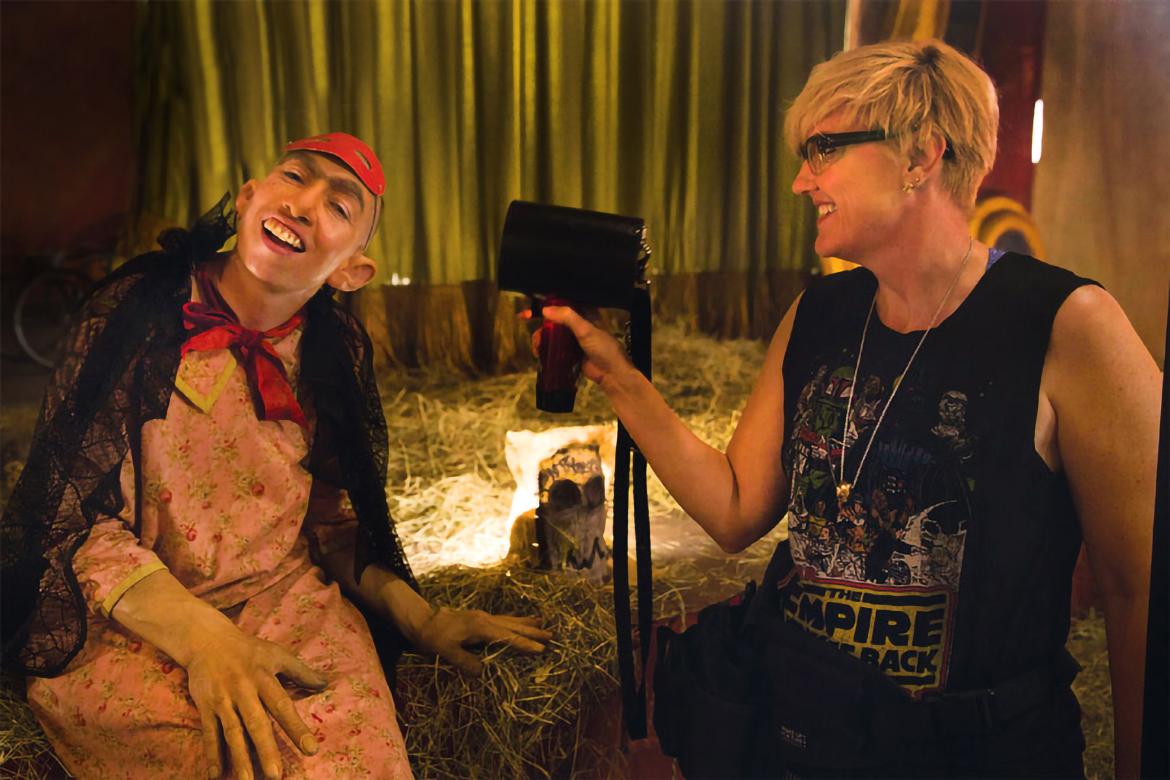
Mekash has showcased ghosts, zombies, vampires, witches, sinister cult leaders, and now aliens all in one show. While fans of American Horror Story love the narrative and aesthetics of the show, it’s typical to only see those responsible for the narrative getting praise. For instance, if you’re a fan of American Horror Story, you might know creator Ryan Murphy’s name. Though very seldom do we hear much about Mekash’s creations, or really her name at all. Despite the fact that what Ryan Murphy wishes to portray would not be possible without Mekash bringing it to life.
The Importance Of Special Effects In Horror
A concrete narrative in a horror film is paramount to its success. Likewise, though, the mise-en-scene, costume design, and, most importantly, special effects are what take it from just another scary story to something truly terrifying. The magic of scary movies and the horror villains that live within them is their ability to transport you into their world. When you watch a horror film, you already tend to be a little bit on-guard, even if you love watching them. We turn off the lights if we aren’t in a theater, and suspend our beliefs as we submit to being scared. Unfortunately for some horror films, the audience can only suspend their beliefs so far. As you look back at certain films with special effects that didn’t age gracefully, it doesn’t take much for what was once frightening to become cheesy; thus, cementing the importance of quality special effects.
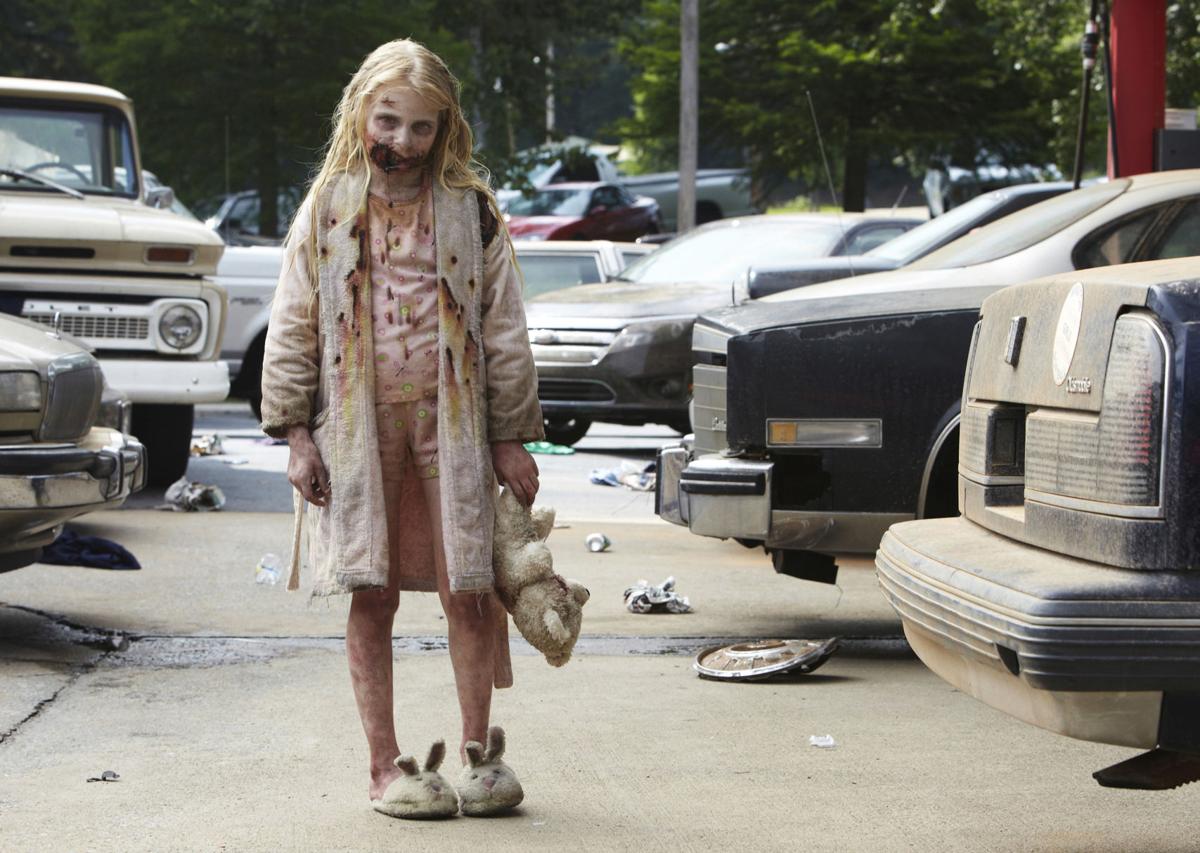
The Walking Dead. Season 1, Episode 1: “Days Gone By.” 2010-Current. AMC.
The University of Saint Paul released an article regarding biological responses to fear in relation to horror films. They were able to gather that “People who watch horror movies may want to stimulate sensory reactions.”(( Concordia Saint Paul. “The Psychology of Fear: Exploring the Science Behind Horror Entertainment.” B.online.csp.edu, 2021. )). Based on this statement, it is reasonable to draw the conclusion that the visuals in a horror film, those that would satisfy sensory receptors, are crucial to the overall fear factor a film possesses. Therefore as you admire your favorite horror villains in all of their blood and glory this year, take a minute to appreciate the hours and creative ingenuity of the artists who brought them to life.
